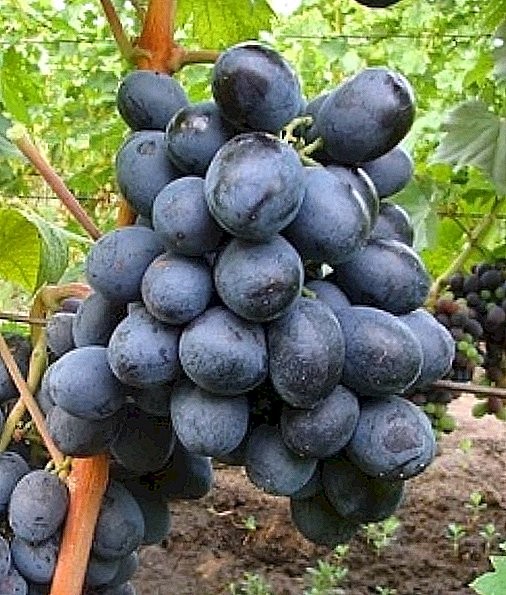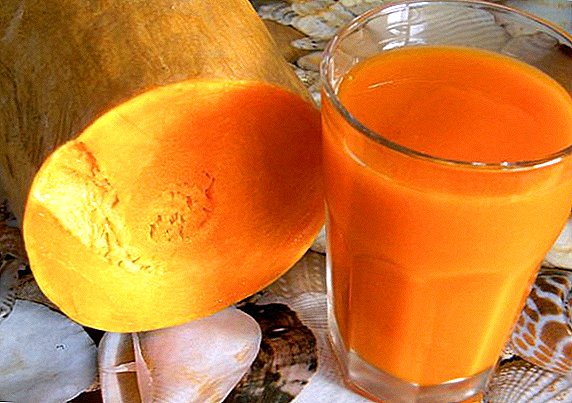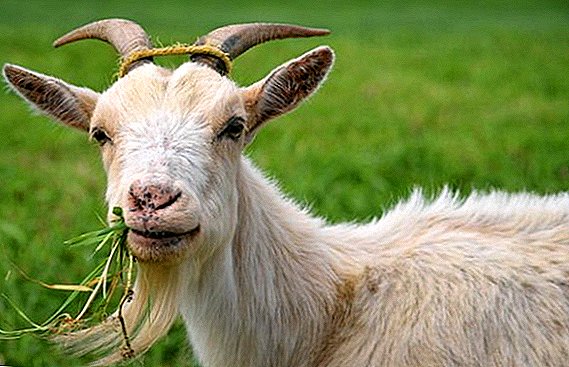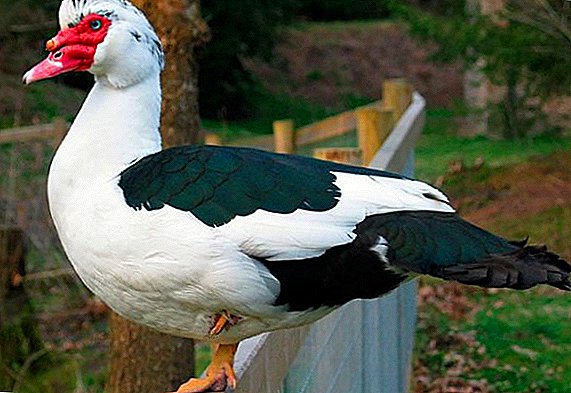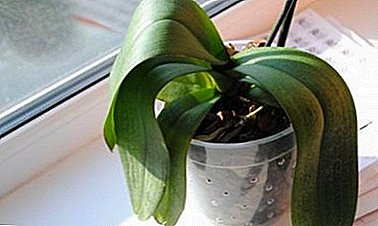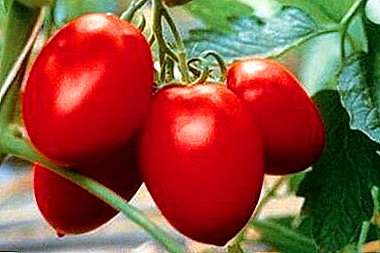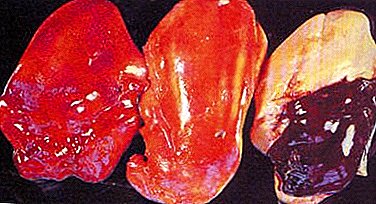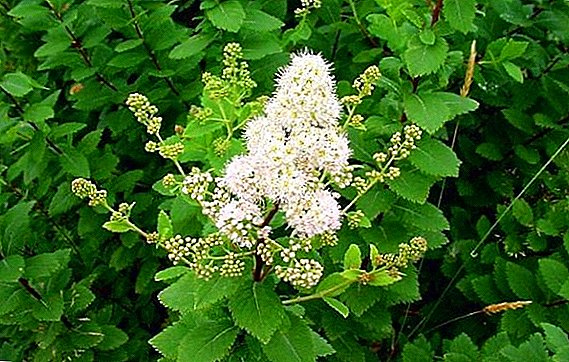 White spirea is considered to be the most gentle and beautiful shrub. Will bring the highlight to each garden. During flowering resembles a bright festive salute.
White spirea is considered to be the most gentle and beautiful shrub. Will bring the highlight to each garden. During flowering resembles a bright festive salute.
Its beautiful view and pleasant aroma of flowering will always raise your spirits. "Speira" in Greek means "bend", its shoots are actually very flexible. An important advantage is the unpretentiousness and frost resistance of the shrub.
Description
Refers to the family Spiraea Pink. It blooms in the summer. The bush has a rounded shape, but if you wish, you can prune it and form a different type of shrub.
The root system gives little growth, because of this, this type is convenient to grow a hedge. The flower is pale white, which is what the name of Spirea is white. The flowers are collected in pubescent loose inflorescences-panicles pyramidal shape.  The length of the panicles is 6-15 cm. It grows slowly, reaching a maximum height 10 years after planting. It can grow up to two meters, which is worth considering when choosing a place to land. The branches grow upwards and resemble arrows.
The length of the panicles is 6-15 cm. It grows slowly, reaching a maximum height 10 years after planting. It can grow up to two meters, which is worth considering when choosing a place to land. The branches grow upwards and resemble arrows.
On the branches are many egg-shaped buds, from which leaves are formed in spring. The leaves with an oblong plate and at the end are pointed, alternately arranged on the stem. From above the leaf is dark green, and from the bottom it has a dull-gray color.
It is interesting to learn about such types of spirea: "Vangutta", "Grefsheym", "Bomald".
Growing conditions
Designers advise growing spirea as a hedge. If planted with a lone shrub, it is better in the middle of the garden. In the care of the shrub is not picky, but in planting you need to follow certain rules.
The soil on which you are going to grow spirea, should be leafy or sod. Be sure to prepare the drainage layer. Experienced flower growers are advised to plant a bush in cloudy weather.
The choice of lighting
The plant belongs to the light-loving species, so it must grow on a plot well-lit by the sun. 
Soil for planting
The soil should be loose so that the plant can eat well. Prepare a drainage layer: from a broken brick, expanded clay or other improvised means. Drainage will not allow moisture to linger at the roots and the plant will be able to fully grow.
Important! Spirea feels well in more alkaline soil. Acidity of soil above seven units is contraindicated for the cultivation of the bush.
The pit should be fertilized with high-quality trace elements. For this, a mixture of sand, peat and turf soil is prepared in a 1: 1: 2 ratio. In extreme cases, mix the sand with the ground.
The technology of planting white spirea seedlings in the garden
Spirea, though it does not require much effort in growing and care, but planting technology requires attention. If you want to grow a hedge should be followed a clear scheme of planting bushes.
Selection of seedlings and soil preparation
Seedlings are best purchased from experienced gardeners or specialty stores. It is important to pay attention to the condition of the roots of your chosen plant.
Carefully free it from the ground so as not to damage the root system and inspect. If the acquired seedling is in a pot, then soak the roots before planting it in the ground.  Shorten long and shaggy roots. Cut dry branches at the base, they will no longer take any part in the growth of the bush. If young shoots have grown very large, they need to be shortened to 20 cm.
Shorten long and shaggy roots. Cut dry branches at the base, they will no longer take any part in the growth of the bush. If young shoots have grown very large, they need to be shortened to 20 cm.
Before planting the seedling, pour fertilizer over the landing pit. Usually use a mixture of mineral and organic dressings.
Dig a hole the size of 50 by 50. Lay the drainage layer about 15 cm high. Lay the roots of the seedling directly on the drainage, not forgetting to straighten them.
Fill the pit with a ready mix of earth-sand-peat or earth-sand and tamp it. After planting, pour a large amount of water in plenty of water on a new bush. 
Did you know? Spiraea is well planted near the apiary, it is considered a honey shrub. It also affects the health of the environment, because it is a phytocidal plant. Leaves and flowering dried and used for medicinal purposes.
Landing pattern
When growing a hedge, the distance between the bushes should be about 1 m. If you want to plant a single bush, it is better to plant it in the center of the garden.
Care features
Spiraea is grown in any climatic conditions. It grows well and blooms in regions with a warm climate, and in more severe terrain. Even an amateur gardener will cope with it, but there are features of care that cannot be missed.
Read also about these shrubs for the garden: chubushnik, viburnum, mountain ash, rosehip, forsythia.
Watering and soil care
The plant is moisture-loving and needs frequent watering. Of course, observing the watering schedule you need to take into account the precipitation. If the arid hot summer, then water a few times a week with plenty of water. About 10 liters of water are taken off at a time.
In case of heavy rainfall, stop watering for a while. Watch the top ball of the soil, when it is drained, resume the procedure. To preserve moisture in the well, mulch the soil. The function of the mulch is performed: dry bark, sawdust, dry grass.  Remove weeds in a timely manner and loosen the soil. The root system of spirea is not very developed and is not deep, so it suffers from drying and weeds.
Remove weeds in a timely manner and loosen the soil. The root system of spirea is not very developed and is not deep, so it suffers from drying and weeds.
Plant nutrition and fertilizer
Superphosphates, which are added to ready-made fertilizer solutions, are added to top dressing. A mixture of top dressing can be prepared independently from chicken manure or mullein. Use 1 part litter per 6 parts water.
It is impossible to overdo it with concentration, it can damage the root system. The finished mixture should ferment for up to two weeks, and then mix 1 l of infusion with 10 l of water and perform root watering. Such fertilizers make before flowering plants and after pruning.
Important! Young seedlings can not be fertilized! Top dressing is done in the second year after the landing of the bush.
Pruning
Spiraeus is usually taken in spring and autumn at the end of flowering. Spring pruning involves the removal of frozen twigs. Later weak shoots are removed. During flowering pruning is not carried out, but after removing small buds and shoots.
To rejuvenate old bushes, they are cut so that only very short branches remain (up to 5 cm above the ground). This procedure is called radical pruning.
Spirea breeding
Spiraeus can be propagated in several ways, each of them is interesting in its own way. Gardeners choose the most suitable method for themselves.
Growing spireas from seed Only breeders are engaged to bring a new variety. For an ordinary gardener, this process is time consuming, time consuming and practically does not bear success. But even a gardener, who does not have much experience in this matter, can reproduce spirea by cutting.
Cuttings carried out after the end of flowering bush. Knowledgeable gardeners are advised to plant spirea in the fall, so that it is well caught and strong. Select the strongest sprout and divide it into cuttings that should have at least five buds.
Plant them in a wet substrate with a 45 ° slope. Top with a cut plastic bottle with the lid closed. After a week, do air baths, turning off the stopper periodically. Before the onset of frost, the sprout should be insulated (in small branches or leaves). Later you can cover with snow.  Dividing bush carried out after the autumn pruning. Visually evaluated the place of separation of the roots. Each bush must have strong shoots, at least two, and a good root system.
Dividing bush carried out after the autumn pruning. Visually evaluated the place of separation of the roots. Each bush must have strong shoots, at least two, and a good root system.
Reproduction by layering rightly considered the easiest method. In the spring, separate the escape tilt to the ground and fix it in the prepared hole. At the point of contact with the soil, make a small incision near the bark. In the fall, roots usually appear in the places of the incision, which makes it possible to separate the seedling.
Major Diseases and Pests
Infection fungus appears on the leaves as dark spots. Pathogen: septoriosis, ramulariasis, ascochitis. Treat need to be funds from the fungus: "Fundazol", colloidal sulfur, Bordeaux mixture.
Pests: moth, miner, spider mite, aphid. When these pests appear, the leaves of the bush coagulate and change color. Treat with poisons: "Karbofos", "Phosphamide", "Etafos", any insecticides aimed at the destruction of these individuals will do.  White spirea during flowering will be a charming pearl of your garden and will attract the attention of passers-by. Decorative beauty is picky and does not require much attention, but it will bring a lot of joy and enrich your yard with the pleasant aroma of its flowers.
White spirea during flowering will be a charming pearl of your garden and will attract the attention of passers-by. Decorative beauty is picky and does not require much attention, but it will bring a lot of joy and enrich your yard with the pleasant aroma of its flowers.


